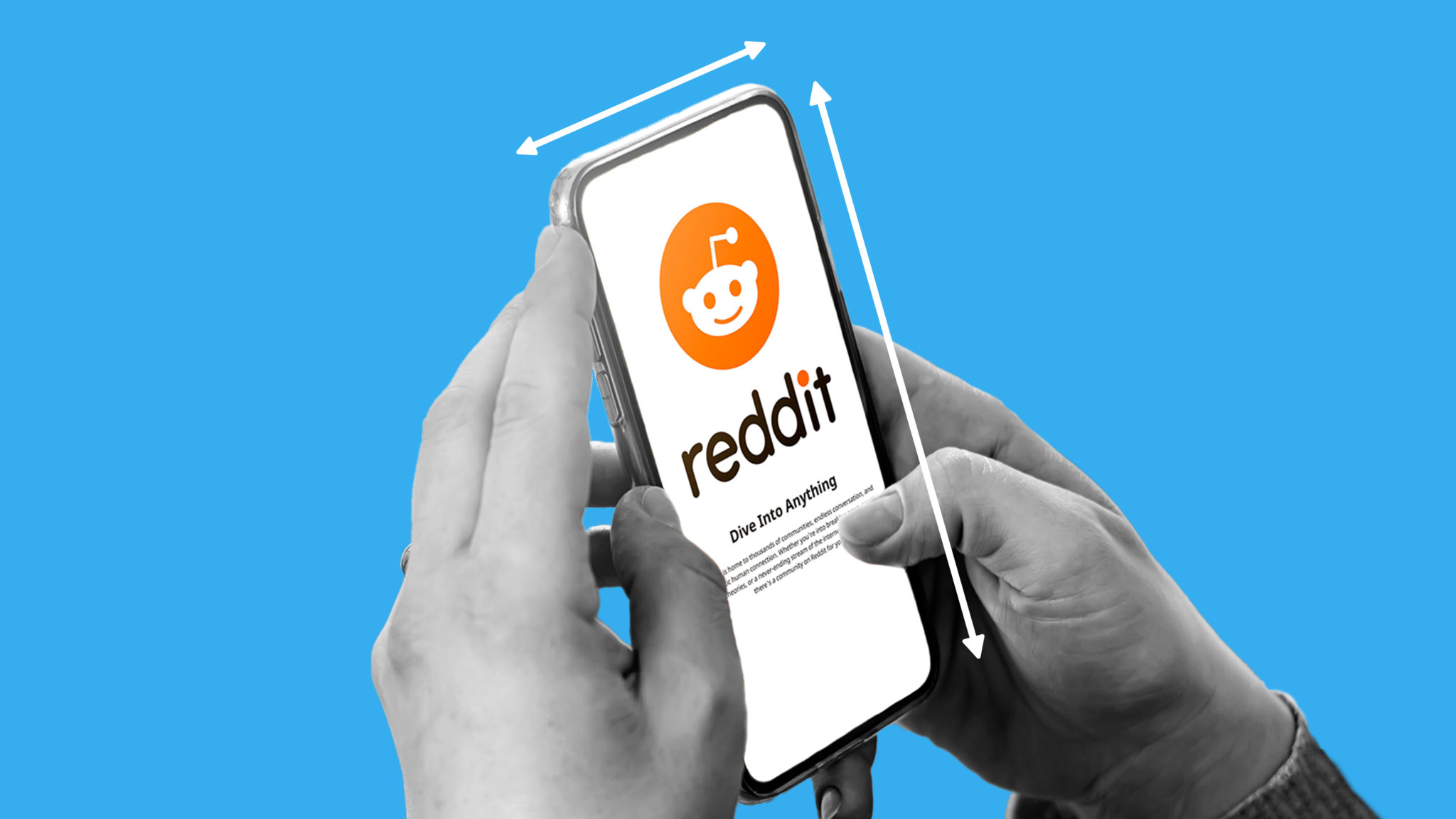WTF is Creative Analytics?

It’s an understatement to say that the marketing world is making colossal shifts right now. Data privacy regulations, especially the ones Apple has recently implemented, are rewriting the rules on how marketers reach their core consumers. Their App Tracking Transparency solution gives iPhone users the choice of opting-in to sharing their data, and with the slew of privacy features that came with the iOS 15 update, like Mail Privacy Protection, individual consumers have more control over how their information is shared with third-parties than ever before. What does this mean in a nutshell? You’re going to have a lot less individual data about your target audience and how your marketing is performing.
This isn’t a “you” problem; it’s a challenge the entire marketing world is facing.
With increased federal scrutiny over how companies collect and disseminate data, the kind of audience insights marketers have been accustomed to since the birth of the third-party cookie and mobile ad IDs (like Apple’s IDFA) have been deprecated. While that cookie has been crumbling for a few years now, without these important digital tokens, marketers must discover new ways to mine audience insights and optimize digital campaigns.
The best solution may be simpler than you think.
With less granular audience targeting data, advertisers must refocus their optimization efforts on the performance of their creative assets, like video advertisements. What are the messages that are resonating? What kind of talent does your target audience want to see?
Creative analytical data like this is more critical than ever before, not just because they can generate insights in a privacy friendly way, but with AI-powered solutions like QuickFrame’s Video Vitals, they can uncover information the human eye may not be able to detect.
Learn More: Social Media Video Ad Specs & Placements Guide
What Is Creative Analytics?
At its core, marketing has always been about trying to understand what a customer likes, wants, and needs and providing that for them through creative messages.
Historically, marketers could rely on gut instincts, focus groups, or market studies conducted by specialized agencies to gain an understanding of how their ad creative resonated with their target audience. With the proliferation of digital advertising, advertisers could analyze data, like click-through rates and event conversions, to understand the overall effectiveness of their ads. And A/B testing techniques allow marketers to understand the impact of discrete variables, like the use of one closing CTA versus another.
Well, the times they are a-changing.
Because of the data-deprecation occurring with Apple’s iOS software updates and the impending demise of the third-party cookie, marketers are engaging with new technologies that aim to make their lives easier in this new data ecosystem. Emerging A.I. and machine learning tools, like QuickFrame’s Video Vitals, can provide something even the most advanced creative tests cannot: a deeper understanding of the individual elements that are performing the best in a video ad. These tools surface nuanced insights that you or I may have noticed as we looked at an ad, but had zero clue were so vitally important to a campaign’s performance.
Let’s break this down for you: imagine you’re an airline. You’re thrilled travel is starting to boom again, so you want to meet the moment by producing new commercials to entice customers to get back in the air. You decide to create two ads with different messages; the first about your excellent customer service, and the second about your new low prices.
After you run the ads, maybe you notice that the “low price” message is outperforming “customer service”, so you lean into that positioning. But are the low prices really what’s engaging your audience, or is it something else? This is where standard A/B testing stops.
What AI-powered machine learning solutions can do is pinpoint the individual elements of your creative that are generating the strongest results. Sometimes these could be plain as day–audiences prefer live-action over animated video production–but often the elements that are working may be even more subtle, like the tone of voice, number of talent featured, the setting of the video, or even specific words used in your advertisements.
You may analyze all of the videos in your campaign and realize that it isn’t so much the talent or messaging that is having the strongest impact, but the fact that you show what customers will experience in-flight, from highlighting fancy snacks to more legroom than the competition. That will tell you that regardless of your messaging, highlighting the benefits fliers receive riding the friendly skies with your brand is what is most important to your target audience.
How Creative Analytics Can Work
After you input a set of assets into a solution like QuickFrame’s Video Vitals, the artificial intelligence will analyze each and break them down into their individual elements, which can be practically anything. You can break down what messaging was used, the tone of voice, the talent shown, what setting the ad takes place in, whether or not you included music, what objects are featured, and so much more. Seriously, we aren’t being hyperbolic: essentially every aspect of your video creative can be analyzed.
This creative data will then be cross-analyzed with the media performance data that is available to your brand, like impressions, clicks, and conversions. Marrying these two datasets surfaces which creative elements lead to higher (and lower) performance.
Just tell me the benefits of Creative Analytics!
The benefits of using Creative Analytics to surface insights is clear: higher ROI from your marketing budget. Sure, you can plan on higher performing campaigns when using data-driven creative, but the benefits go beyond just the top-line.
Increasing ROI is a critical metric–especially to your C-Suite team–but for marketers trying to make headway through the tangled web of privacy changes rewriting the rulebook on data-driven marketing, the greatest benefit of this approach is the simplest: you get better performing ad creative that is produced more efficiently. When you carry over the nuanced insights surfaced through Creative Analytics from campaign to campaign, you’re constantly zeroing-in on what works best in your ads to further refine your creative, increasing your overall performance through each iteration while streamlining in the production process in tandem.
More Efficient Video Production Process
Every marketer knows that time equals money, and Creative Analytics can save you both. Think of it like this. If you know at the start of your campaign key video elements that are already resonating with your target audience, like talent and location, you won’t need to waste time and balloon your budget by hiring different actors, shooting footage in multiple locations, or holding extensive creative brainstorming sessions to identify what is working with your campaigns. This helps significantly lower the cost of video production. You can just focus all of your attention on what has historically performed the best, leaving the need for reshoots or extra production days on the cutting room floor.
More Confidence Launching on New Platforms
Every platform has its own flavor of content. You probably don’t want to see a 60-second how-to cooking video during a commercial break on Roku or Hulu, but that may be exactly what you are looking for when video marketing on Instagram. As you gather more performance data about what about video elements your audience finds most engaging, you can confidently utilize those learnings to expand your reach onto new platforms.
LEARN MORE: The A to Z of CTV & OTT
Industry Insights
Because AI-powered solution’s like QuickFrame’s Video Vitals have analyzed thousands of videos, the Creative Analytics generated can allow you to see what video elements are performing the best for an entire industry, and not just your individual brand. These industry insights can be a perfect starting point for your campaign, allowing you to drill down on the content that your unique audience wants to see. Even better though? These learnings allow you to keep tabs on what your competition is doing, so you can carve out your own creative path to stand out.
Nuanced Customer Insights
Before you may have known whether one video creative was performing better than another, but with data-driven solutions, you can understand your audience on a deeper level. What about your ad creative speaks to them emotionally? Will a sentimental message carry more weight when compared to a simple Product Spotlight? Essentially, your video content becomes like a 21st century focus group, revealing learnings on exactly what your customer cares about, both intellectually and emotionally.
Interdepartmental Value
Creative Analytics may be in the marketers domain, but that doesn’t mean they’re only valuable to us keepers of the content keys! They can provide incredible insights beneficial to other departments, like Customer Services and Product Teams.
Want to learn more about how creative analytical data brings efficiency to concept testing? Learn more by downloading our free guide!
Do More with Video
Learn how we can help you produce more quality videos affordably and at scale.


